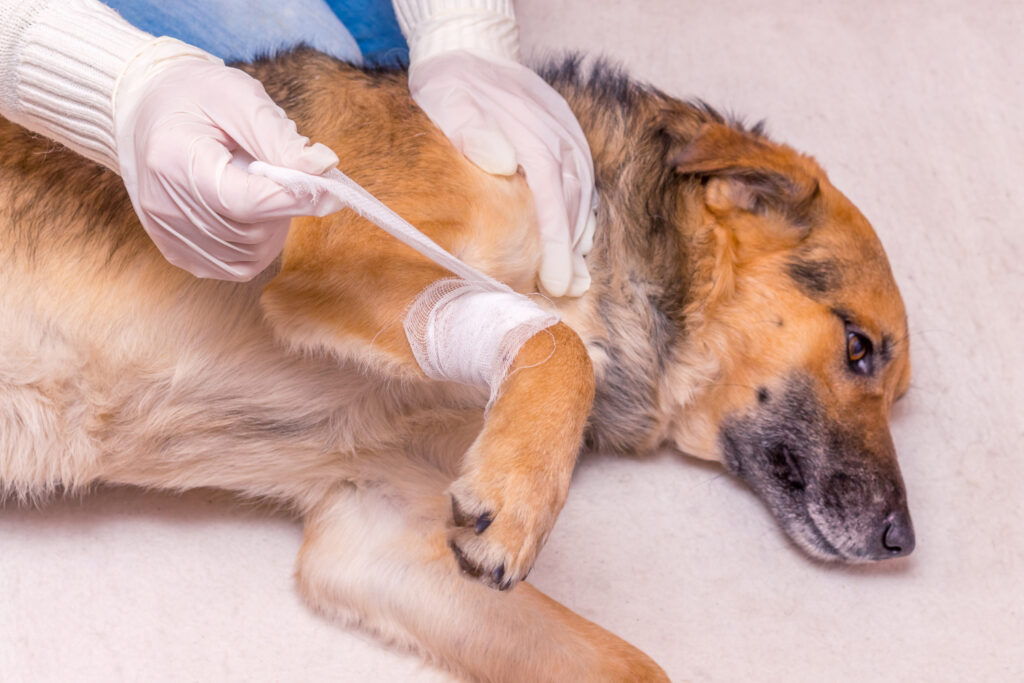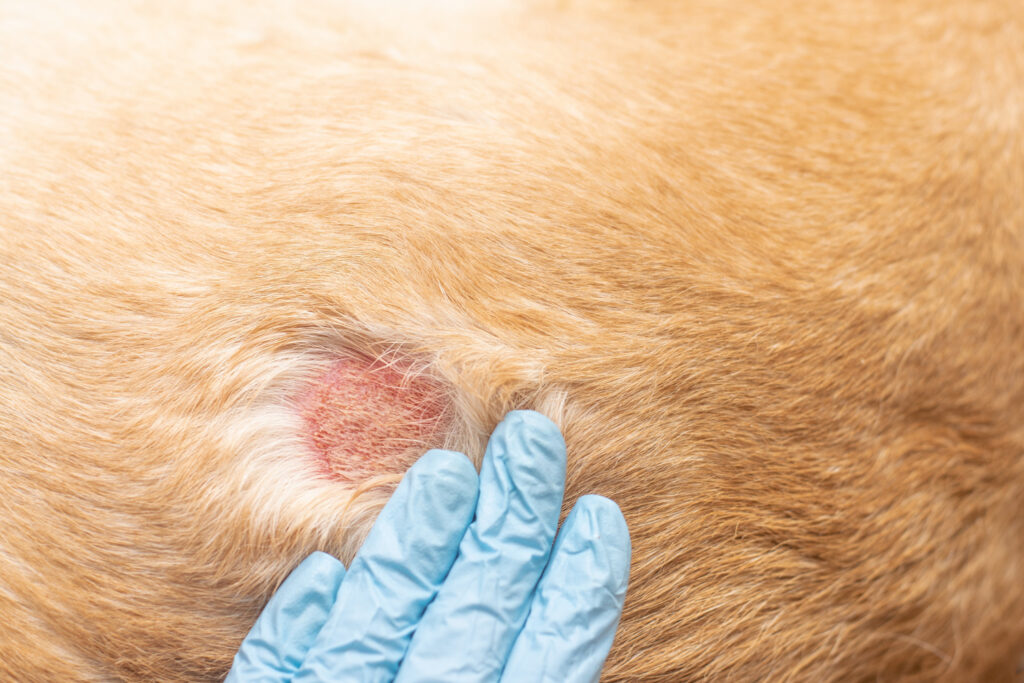Correct control of the entire inflammatory process is essential in wounds due to its fundamental nature for any subsequent healing. It is one of the most widely studied effects in laser therapy, accelerating the process by as much as 30-40% in some cases. It also achieves healing of a better quality1. In order to control this entire process, it is highly useful to begin laser therapy as soon as possible.
During the acute stage of wound healing, it is fundamental to achieve correct oxygenation of the tissues. This is achieved thanks to vasodilation and the arrival of neutrophils and macrophages that will have a significant phagocytic effect. They will also help macrophages release growth factors for subsequent epithelialisation (TGF, PDGF, VEGF).

Significant proliferation of fibroblasts takes place during the proliferative or fibroblastic stage (angiogenesis), a collagen matrix is created and the fibroblasts differentiate into myofibroblasts to create granulation tissue.
During the remodelling stage, the type III collagen (characterised by fewer links, less disorganised collagen and a weaker tissue) is replaced by type I collagen (characterised by a more ordered disposition, more links and a much stronger tissue)2.
Laser therapy has shown itself to be highly useful in regulating this process, helping to accelerate the process and achieve a much stronger tissue. A large number of studies have been conducted that support the benefits of laser therapy3, 4. Keloid scars are also prevented by the resulting homoestatic effect.
The usual care of wounds in veterinary science consists of performing treatments and the oral administration of antibiotics and anti-inflammatory drugs.
Thanks to DoctorVet, we can help to accelerate this entire process because it has different protocols depending on the origin of the wound. A distinction can be made between open wounds, scars, incisions, burns and subdermal wounds. These protocols can be selected according to the origin and characteristics of the wound.

Seeing is believing!
Book a demo now to learn how DoctorVet works!
Furthermore, these protocols can be combined with one another depending on the presence of infection given that, if present, the recommendation is to combine the above protocols with the protocol for superficial infection.
It will be possible to rule out this protocol when the wound shows a good appearance and it will be possible to establish fibroblast stimulation as the main objective. They can also be combined with the protocol for inflammation.
It is not only important to choose the protocols correctly but also the application techniques. A NON-contact method should be used when treating wounds, with the most recommendable hand tool being the scanner. With DoctorVet, we will always use the scanning technique.
The treatment schedule begins with alternate days. Once we start to see the effect of photobiomodulation, we will switch to three days a week. Treatment can be applied once a week during the final stages of healing.

Via dell’Impresa, 1
36040 Brendola (VI)
VAT 02558810244
C.R. VI 240226
© Copyright 2016-2021 LAMBDA S.p.A. | Privacy Policy